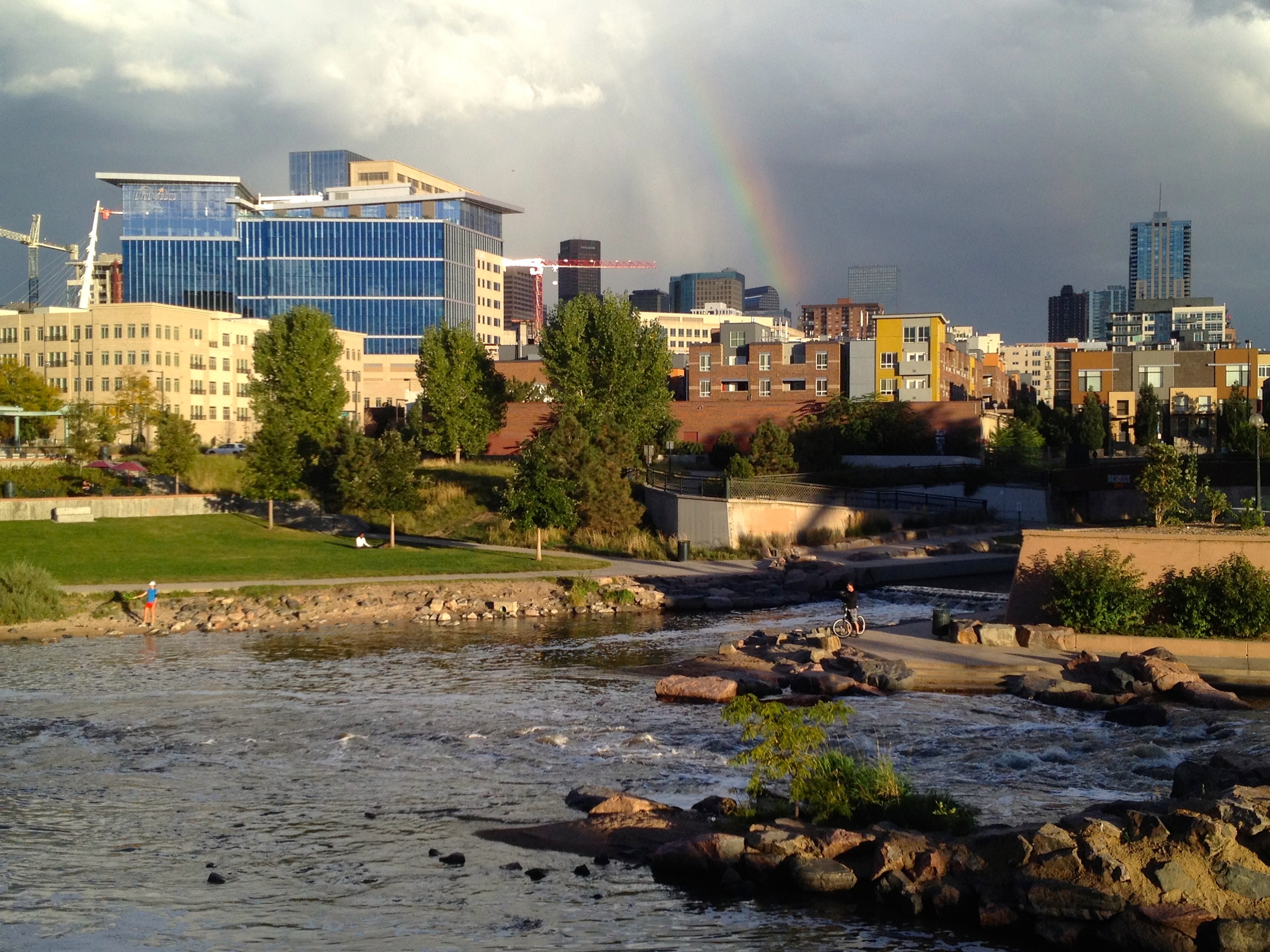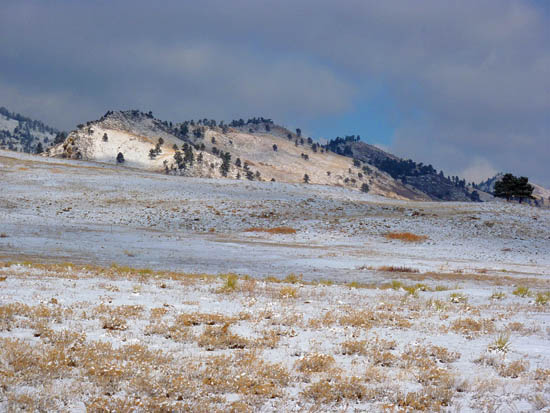Lay of the Land
/Downtown Denver
Instead of heading out of the city for today's adventure I headed into the heart of it. The REI Flagship store is ideally located for urban adventures of all kinds, be it a bike ride along urban trails, a playboating session on the South Platte, an afternoon of park lounging and frisbee or, like my plans today, a walk around some of Denver's most unique urban landmarks.
On my way to 15th Street from the parking lot, I passed by My Brother's Bar, the oldest bar in Denver, with a quirky history that includes serving as a hangout for beat-era personalities like Neal Cassady and Jack Kerouac. If you can't resist the aroma of the charred burgers and the relaxing melodies of classical music, stop in and try a Johnny burger on the shaded patio. A short ways down 15th Street I followed a trail above the western bank of the South Platte River north through Commons Park and then crossed the pedestrian bridge over the river into the open green space of the park. Ahead, the angled white "mast" of the Millennium Bridge projected high above street level, a web of suspension cables reaching down to support the pedestrian bridge, a first-of-its-kind design. Up and over the rail lines coming into the newly refreshed Union Station, I admired the futuristic elegance and traditional architecture blended into the new transportation center, a terminus for light rail, passenger and freight trains, and regional bus lines..
Passing the Tattered Cover bookstore on Wynkoop and 16th, I considered stopping in to peruse the shelves of local Colorado books and national bestsellers, but resisted the urge and instead ducked in to see the new lobby of the Crawford Hotel which now occupies the original Union Station terminal. It has retained much of the authenticity of the original space but has updated it to serve as a modern hangout for both guests and locals with bars and dining options off the spacious center room.
Back on Wynkoop I walked up to 19th which offers open views of the brick and steel edifice of Coors Field, home of the Colorado Rockies professional baseball team, and a fine place to spend a summer afternoon, whether you're a fan of baseball or not. Seats along the first base side or those to the general admission area of in-stadium bars and lounges serve up outstanding Front Range views in addition to refreshing cocktails and cold beer. The course from 19th to Larimer led past the converted warehouses, filled with loft apartments, unique art studio spaces, and retailers that define the Lower Downtown (LoDo) neighborhood of Denver. Larimer Street at 16th Street leads into Writer's Square, a compact collection of shops and restaurants worth exploring. Today I stopped into Rocket Fizz, a whimsical Candy and Soda shop where I discovered some unique candies from other countries, a few nostalgic treats from my childhood (remember BUN candy bars from the Bozo Show?) and a cold Cherry Cola from Sprecher, a hometown (Milwaukee) soda and beer maker. Fueled with sugar for the miles ahead, I continued along Larimer Square, a few festive blocks lined with more boutique shops and fine dining.
A left on 14th Street led away from the shopping district and toward the performing arts area of Denver. I said "hello" to my favorite part of the large Arts complex and Colorado Convention Center, the giant blue bear sculpture ("I See What You Mean, 2005") peering into the windows to see what this week's conference-goers were up to. 14th street connects to the main governmental center of the city, county and state at Colfax which I crossed over to walk along Bannock Street. The grand marbled buildings of the City and County Building stood to one side of my view with the Capitol, gleaming in its gold-leaf encrusted dome, stood opposite up the hill and across the flowerbeds, open lawns, and stone structures of Civic Center Park. The Park serves as a city commons for rest, protest, and a variety of events and festivals for state citizens throughout the year. I curved around the edge of the park, again on 14th and took a slight detour to peek at the hidden murals of one of my favorite Western artists, Allen Tupper True, at the Greek Theatre. If you can find the murals, I think you'll enjoy the painted scenes of Western motifs too.
A brick promenade leads South from here with the unusual architecture of the Denver Art Museum and the Denver Public Library's Central Branch flanking the route. Both the library (free) and the art museum (admission fees) are worth exploring if time allows. I continued South on Acoma Street, hung a right on 8th and then another quick right onto Speer Boulevard. I crossed into the center of Speer where, below street level and between the wide lanes of this thoroughfare, Cherry Creek and the concrete multi-use path that runs alongside it serves as a direct conduit back to the starting point of this route at REI. Cherry Creek is used by many cyclists for recreation or commuting so be sure to use caution when walking along this shared path. Back at the starting point, I looked back to the East and was treated to a perfect view of the Denver skyline with a vivid rainbow in front of clearing stormclouds. The rainbow was a perfect capper to this urban adventure and though there wasn't likely to be a pot of gold at the end, it did appear that it ended at the front door of Denver's US Mint. Hmmm... perhaps that will serve as my next urban adventure...
Your Turn
REI has parking that is free for two hours. It is located on the corner of 15th Street and Platte Street near Interstate 25. Grab a cup of joe at Starbucks to start your adventure and plan plenty of time to explore the shops, restaurants, parks, and cultural venues along the way.
P&P Extra
If you're in the market for some new outdoor gear, take a look at the local's shop, Wilderness Exchange, on the corner of 15th and Platte, which finds great deals from top-name outdoor manufacturers and translates that into savings for its customers. You might find something on the cheap and will feel good by supporting a local institution.










